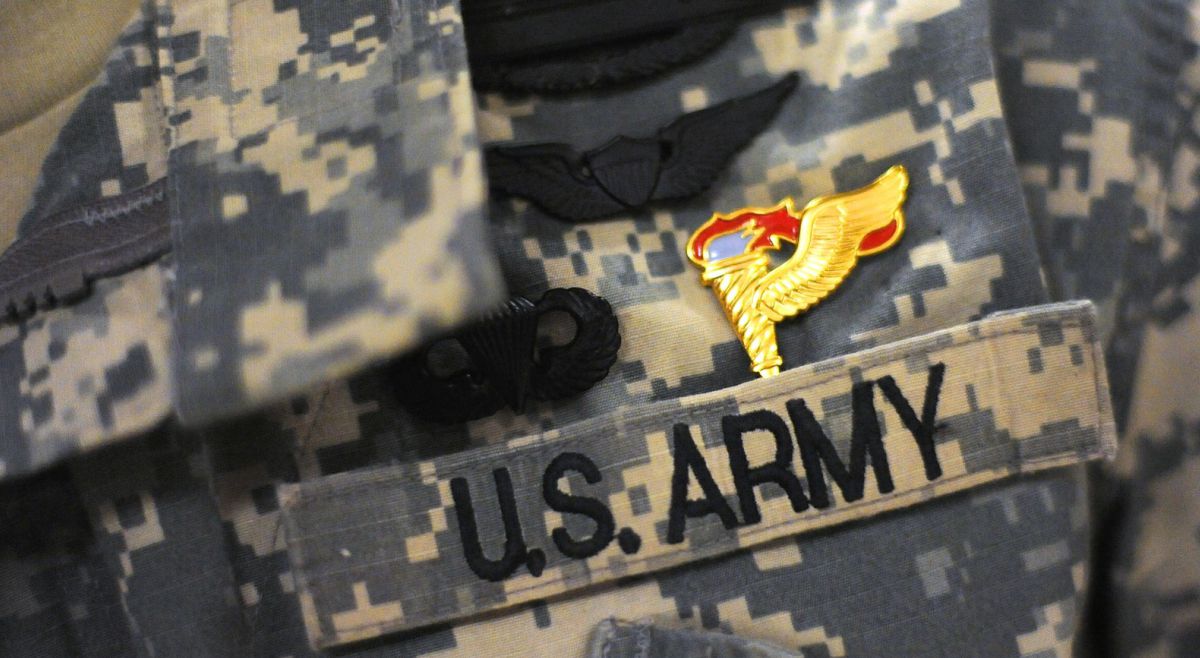As inspiration for our name, the U.S. Army Pathfinders are a small, elite group of soldiers who guide larger military units safely as they land and expand into new enemy territory. Their storied history and specialized expertise have made them indispensable to military operations for decades. Their motto, “First In, Last Out,” reflects their role as the vanguard – first to go into the unknown and turn uncertainty into great opportunity.

At Pathfinder Advisory, our name draws inspiration from the storied legacy of the U.S. Army Pathfinders, an elite group of soldiers whose courage, precision, and leadership embody the qualities we strive to emulate in our work. The U.S. Army Pathfinders, first organized during World War II, represent a powerful symbol of guidance, resilience, and innovation—values that resonate deeply with our mission to navigate complex challenges and lead our clients to success.
The Pathfinders were born out of necessity during the early airborne operations of World War II. In 1942, during the invasion of North Africa (Operation Torch), and later in Sicily (Operation Husky) in 1943, paratroopers faced significant challenges, with units often landing miles from their intended drop zones due to poor navigation, high winds, and adverse conditions. These scattered drops highlighted the need for specialized teams to guide airborne forces to their targets. The 509th Parachute Infantry Battalion, inspired by British airborne tactics, pioneered the Pathfinder concept, creating small, highly trained units to parachute ahead of the main force, marking drop zones (DZs) and landing zones (LZs) with lights, beacons, and signals.
Their first combat use came on September 13, 1943, during the reinforcement of the Salerno beachhead in Italy, a mission that marked National Pathfinder Day. Perhaps most famously, Pathfinders played a critical role during the D-Day invasion of Normandy on June 6, 1944. Captain Frank L. Lillyman, leading the 101st Airborne Division’s Pathfinder team, became the first Allied soldier to land on French soil, jumping just after midnight to secure drop zones for the main assault. Using tools like Eureka transponders and signal lanterns, Pathfinders guided aircraft through darkness and enemy fire, ensuring paratroopers landed as close as possible to their objectives. Despite challenges like hedgerows and German resistance, their efforts were pivotal to the success of the invasion.
The Pathfinder legacy continued to evolve through the Korean and Vietnam Wars, where they adapted to new technologies and tactics, particularly with the rise of helicopter-based airmobile operations. The 11th Pathfinder Company, formed in 1964, became instrumental in Vietnam, establishing helicopter landing zones and coordinating air assaults under intense combat conditions. Their ability to operate in hostile environments, often with minimal recognition, showcased their bravery and adaptability.
The Pathfinder badge, featuring a winged torch, symbolizes their role as guides and leaders. Designed in 1944 by Corporal William Prescott, it reflects the Olympic tradition of carrying a torch to light the way—a fitting metaphor for our firm’s commitment to illuminating paths through uncertainty.
At Pathfinder Advisory, we honor the U.S. Army Pathfinders’ legacy by embracing their spirit of precision, courage, and forward-thinking. Just as they charted the way for others in the most challenging conditions, we aim to guide our clients with clarity and confidence, ensuring they reach their goals with unwavering support. The Pathfinders’ story is one of sacrifice and innovation, and it inspires us to lead with purpose and integrity in all we do.

At Pathfinder Advisory, our motto, “A Trusted Partner for What’s Next,” is our promise to stand shoulder-to-shoulder with you, no matter the challenge, and get you where you want to go.
Copyright © 2025 Pathfinder Advisory. All Rights Reserved.
Design & Developed by : Prosketch Technologies

A Trusted Partner For What’s Next